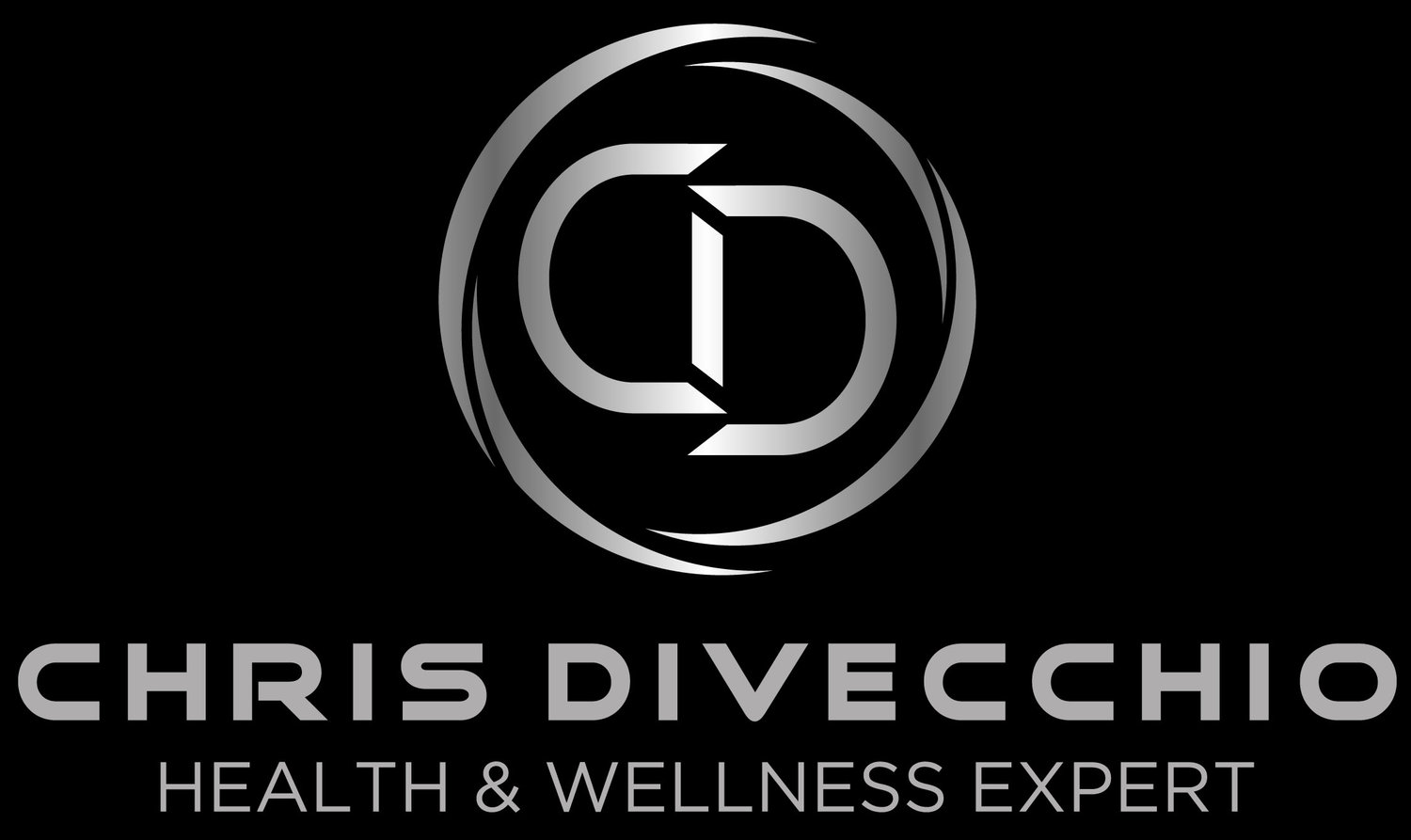7 Cardio Myths You Need to Stop Believing
Nothing beats the runner’s high – that oh-so satisfying feeling after a long run or intense cardio session. As one of the best ways to de-stress, I use cardio (along with strength training, of course!) to keep my mind and body strong. And while there are many advantages of cardio workouts, there are also many myths that may be causing you to self-sabotage your fitness goals.
To help you separate fact from fiction, I wanted to share some of the top myths:
1. More cardio means faster weight loss
Yes, cardio will help you lose weight, but you will also lose muscle with that weight loss. The best kind of weight loss is displacing fat for muscle. If you do too much cardio you make the process of building muscle VERY difficult.
Ultimately, if you’re only doing cardio it will lead to burning fewer calories. Strength training builds lean muscle mass, and increases your “resting metabolism” - the rate your body burns calories at rest (sitting or sleeping).
2. You need to do cardio for at least an hour to be effective
Many people believe that you need to run 5 to 7 miles to qualify as a good cardio session. This couldn’t be farther from the truth.
Doing 20 minutes of High Intensity Interval Training (HIIT) can be more effective since it leaves your body burning calories for hours after as opposed to lower intensity and longer duration sessions.
3. Fasted cardio burns more fat
This myth is based on the idea that if your body doesn’t have food to burn for fuel, it will burn fat However, studies show consuming carbohydrates before you work out increases the amount of fat burned compared to fasting pre-workout.
Also, you risk increased catabolism (muscle loss) doing too much cardio in a fasted state.
4. You must stay in the “fat burning” zone
Staying in lower intensity (the fat burning zone) for longer duration can prove to burn more calories from fat; however, higher intensity cardio can burn more TOTAL calories as well as fat calories when compared to the same time duration of cardio.
5. Runners don’t need to train legs
While running certainly can add strength to the quads and calves, runners should not fail to take advantage of the metabolic gains they can achieve from adding deadlifts, squats and lunges.
The best approach to fitness is multi-dimensional. By incorporating different types of workouts, you’re targeting various muscle groups and becoming strong in all areas.
6. The more you sweat, the more you are getting out of it
Sweat doesn’t indicate how hard you’re working. Everyone’s body is different. Just think about a gym filled with people: some are drenched from head to toe, while others are barely breaking a sweat. Sweating is tied to physiology, not your work ethic.
7. Cardio is most effective before strength training
One of the biggest cardio myths is that cardio workouts should come before weight training. However, the opposite is true. Weight training before cardio will give you the best results.
Think about it: when you lift weights, you use more energy compared to cardio. So, if weight training comes first, your energy will be at its peak. If you do a lower intensity cardio exercise after, this will help you achieve more weight loss.
Now, you can hit the ground running (literally) and enjoy cardio to the fullest!



